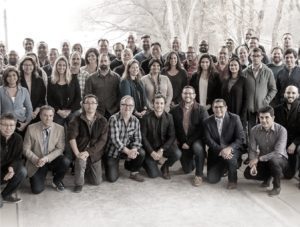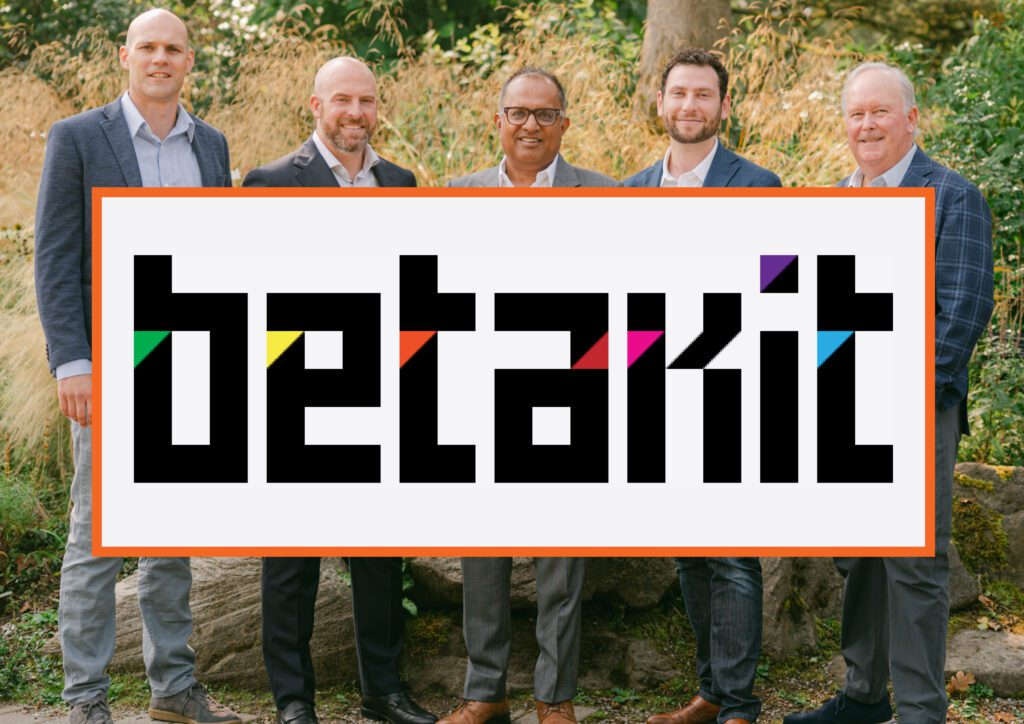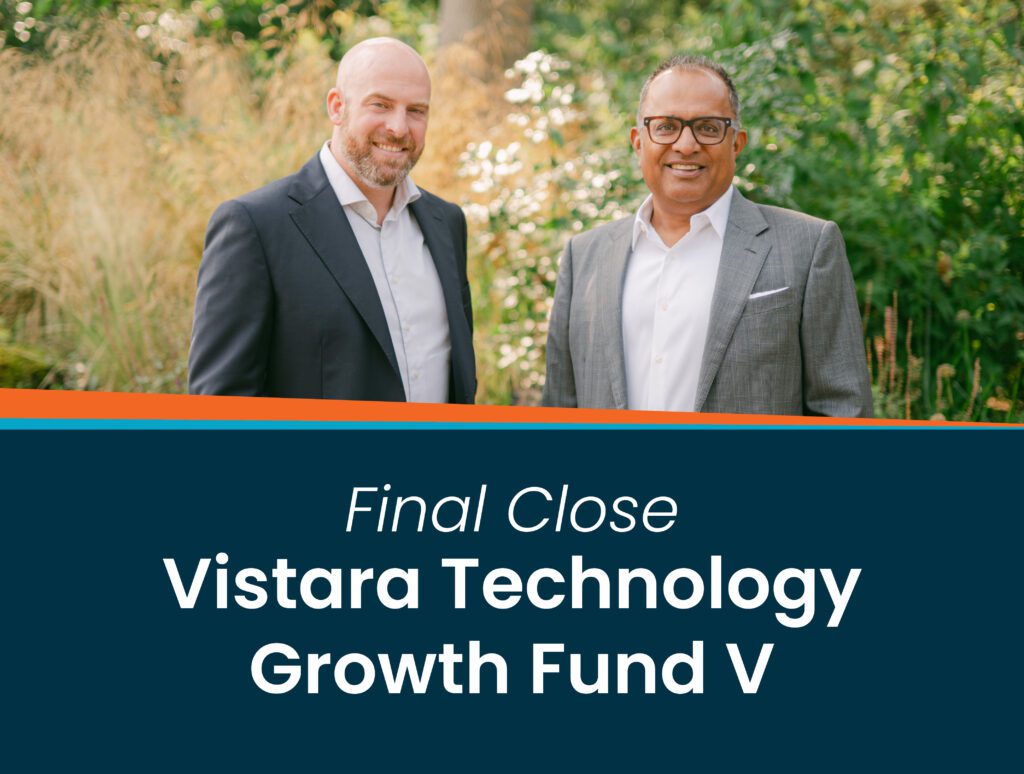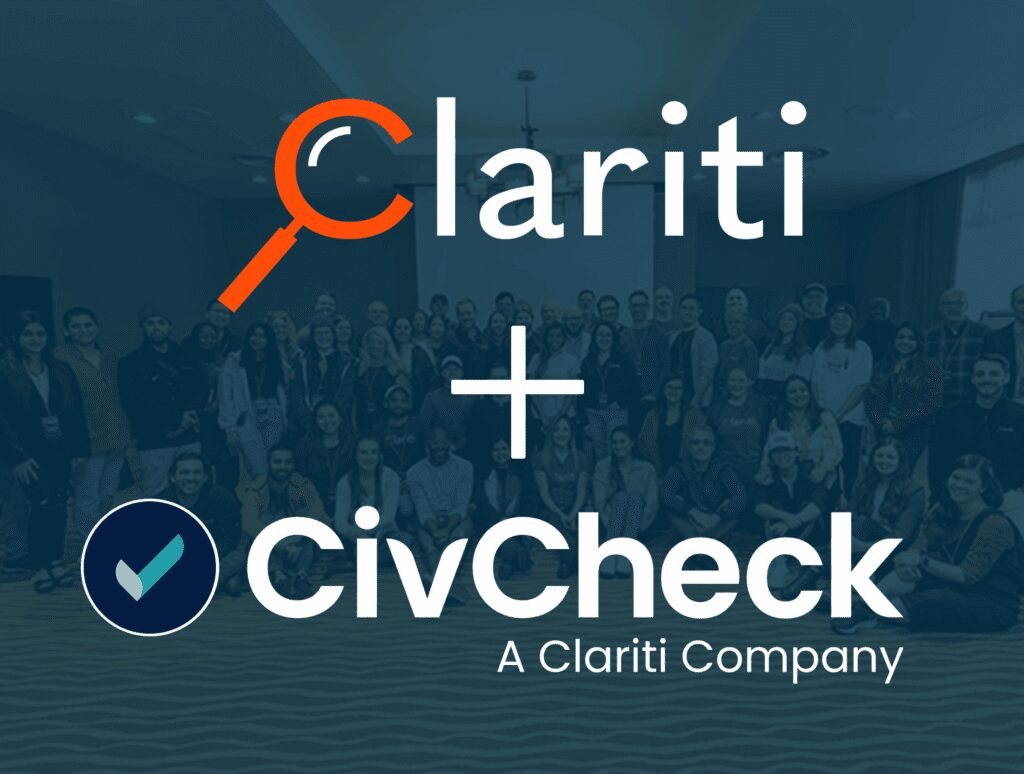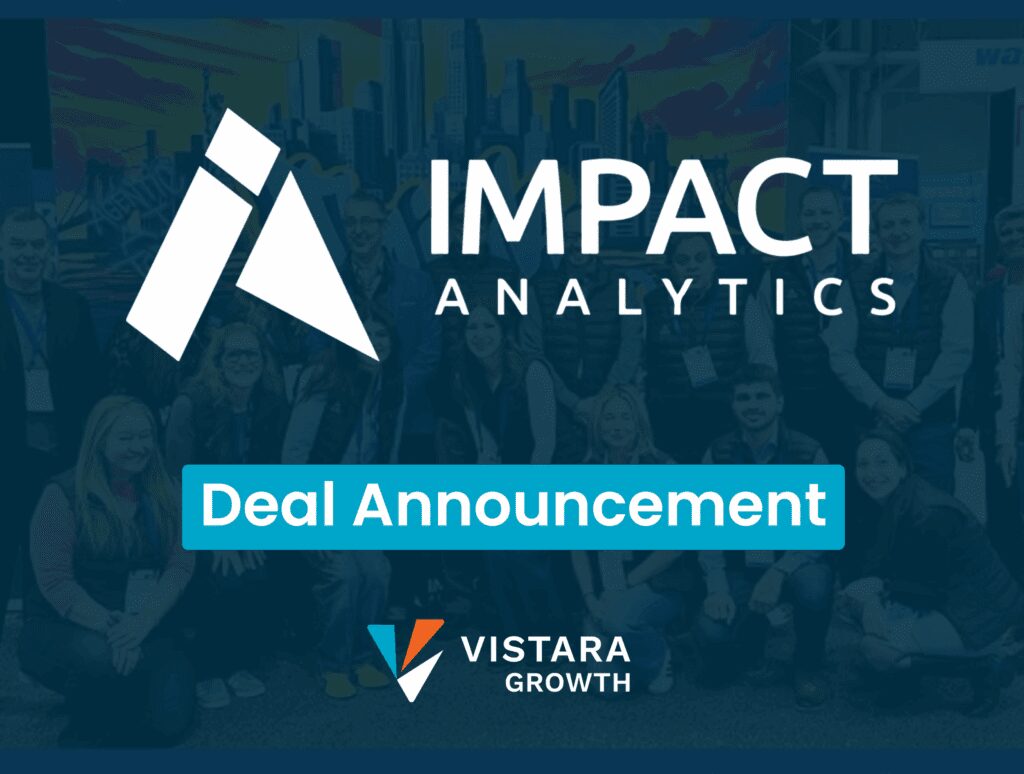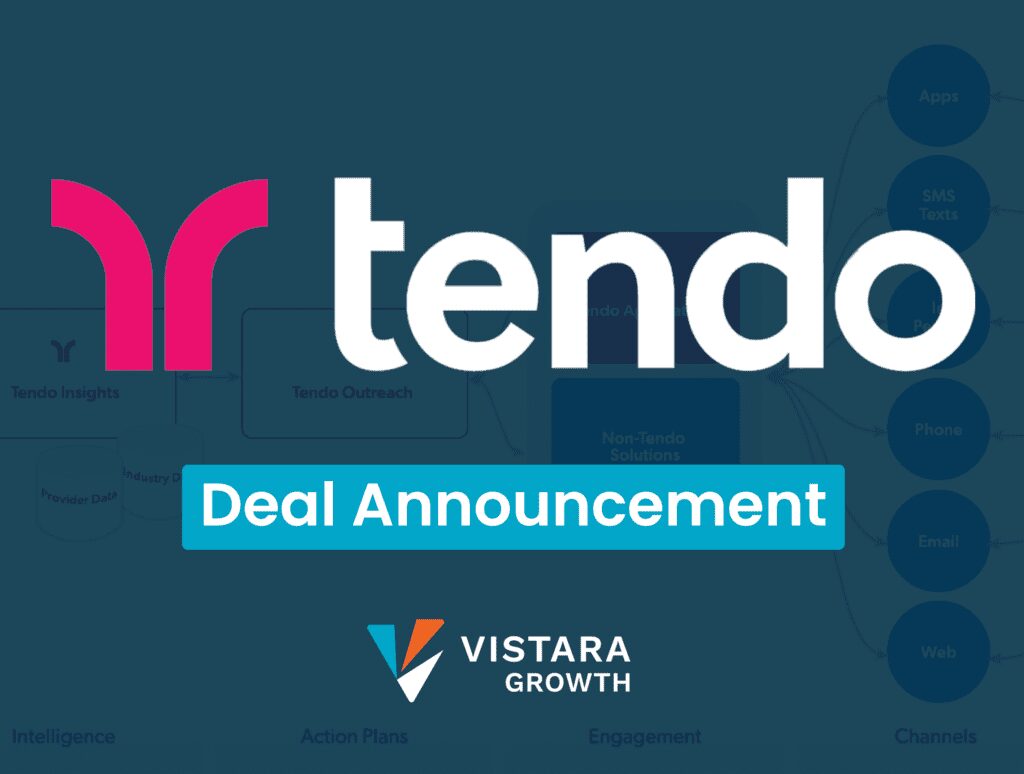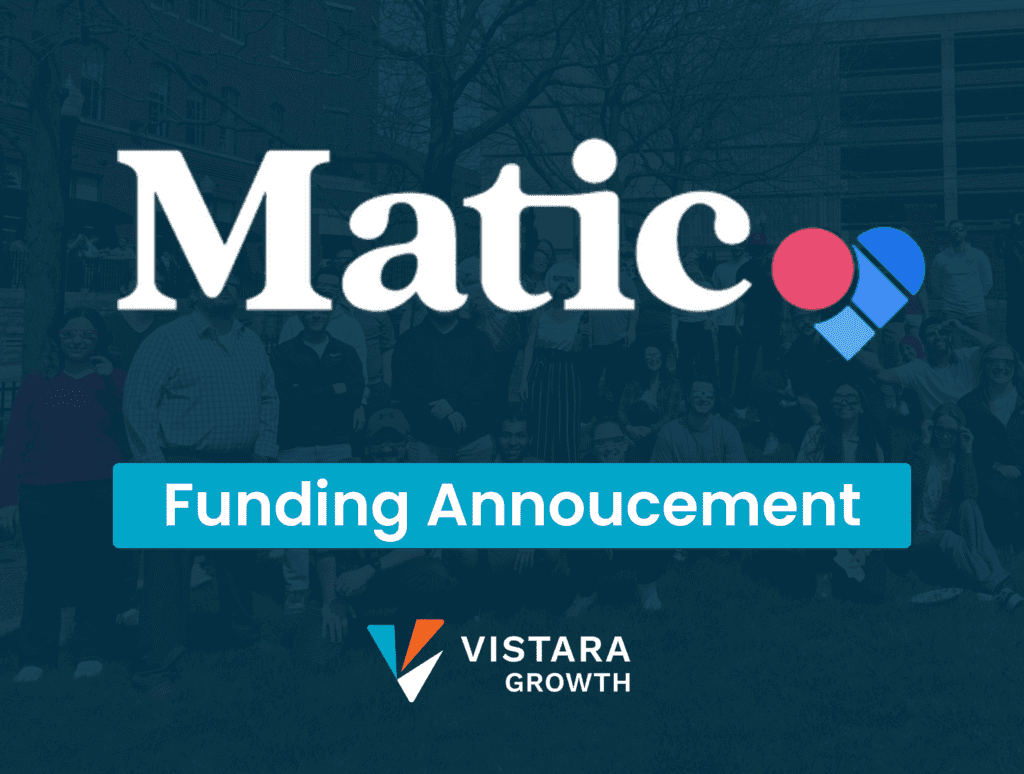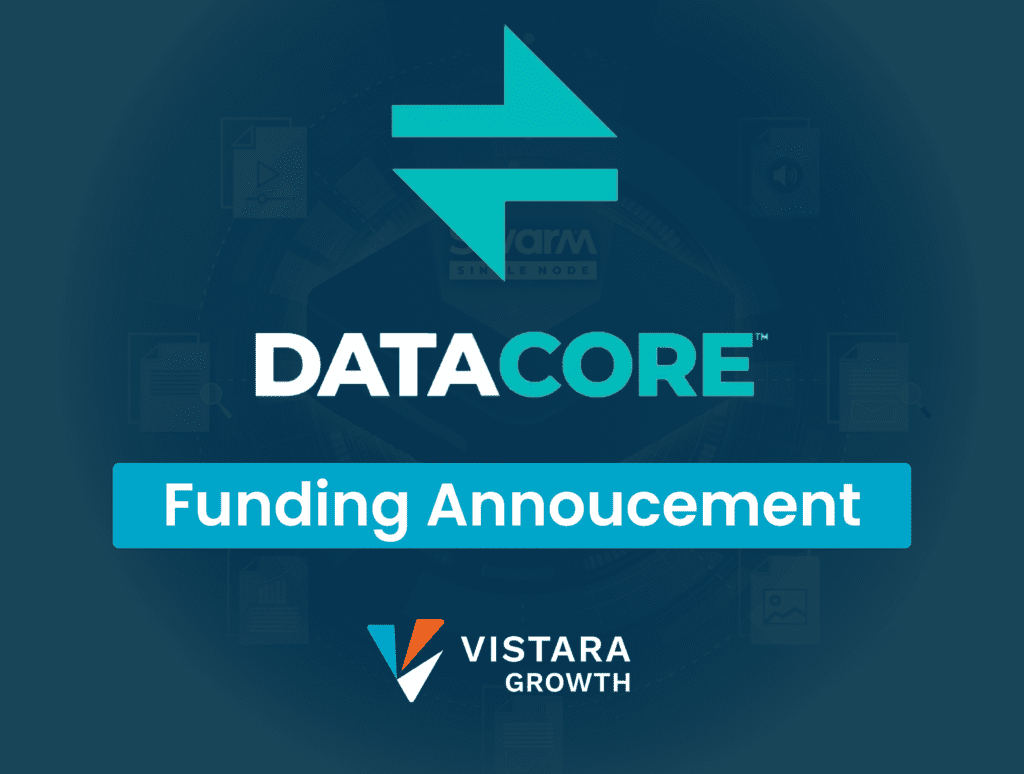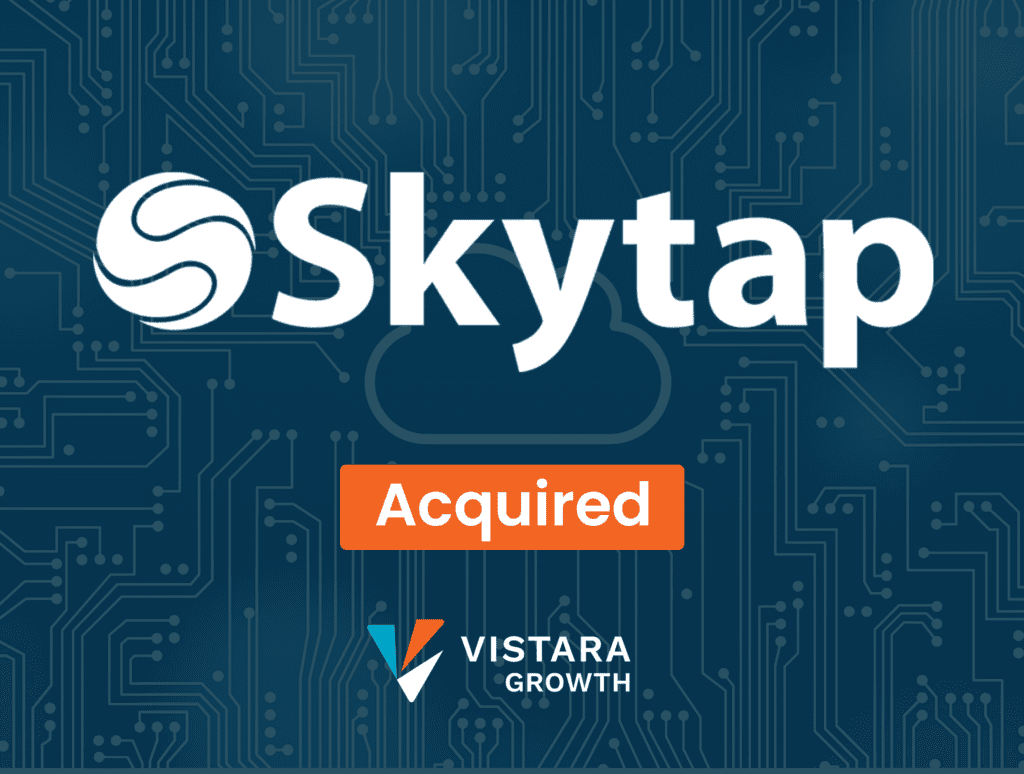
Al-Karim Somji, Founder and CEO of Zafin, one of Canada’s leading Fintech businesses recently sat down for a fireside chat with Randy Garg, Founder and Managing Partner of Vistara Growth, a long-term supporter, board member and investor of Zafin. Read on for a few key highlights from the conversation and learn about how Al-Karim (“AKS”) used unique financing solutions to support growth, while limiting dilution and retaining control.
The Interview:
Zafin’s Founding and First Institutional Capital
AKS: We founded the company back in 2002. We initially focused on the telecom sector, as we recognized that the rollout of 3G would create widespread broadband accessibility and create a number of new opportunities for telcos. While we evaluated the market, we quickly realized that telephone companies could start to provide certain financial products. From there, we explored a number of different business models and systems including banking systems.
AKS: Identifying this opportunity for telcos also led us to the realization that banking systems were 10-15 years behind telecom systems and still worked in very siloed capacities. For example, the product and pricing information was essentially coded into many different systems within the bank. Plus, there was no clear, 360-degree view of the client, making it difficult to create client-centric offerings. We pivoted from telecom into banking to help solve this problem; a much bigger opportunity.
AKS: In the early days of the company, my co-founders and I worked in other roles to generate cash to fund the business while we were developing it.
We started out as a professional services business, which provided us with our first revenue, and then went on to focus on product development. While we could have looked for investment and focused on building product right away, we realized we couldn’t successfully build a brand-new product without having the actual experiences of dealing with customers, which we gained by selling services.
AKS: The service business is a good business and I still strongly believe in it. We make really good margins on our services, but it’s not just about that. We get an in-depth view of what the client requirements are and with that knowledge, we can work with our clients and partners to successfully implement our proposition from day one.
AKS: The service business is a good business and I still strongly believe in it. We make really good margins on our services, but it’s not just about that. We get an in-depth view of what the client requirements are and with that knowledge, we can work with our clients and partners to successfully implement our proposition from day one.
AKS: We were very fortunate that our first customer project was truly an enterprise-grade system deployment. The implementation came with a client base and data that was super critical for us to leverage. From there we quickly moved from having just a product framework that provided bespoke solutions to developing and delivering an actual product.
This was right around the time of the 2008 financial crisis and banks were looking for ways to become more customer-centric, transparent and trusted. As a result, business was booming, and this forced us to focus on the product to meet the demand. From there, we decided to separate our product teams from our delivery teams, and we developed a product that was 80% off the shelf for clients.
AKS: After recognizing the need to move from product framework to actual product, we realized we would need additional capital to make the switch from professional services to product. We partnered with Randy and took on debt capital as we were not ready for an outside equity investment.
We understood that if we wanted to raise equity capital at a good valuation, we would need to better define our business model; complete the separation of the product team from delivery teams; and ensure we had the right governance in place, such as financial audits and a strong board. You [Randy] were able to fund us with debt and underwrite the services segment and partner with us to build out the business model and proper governance structures.
AKS: Absolutely. Equity funding would have been very expensive and could have wiped out the ownership for the founders at the time, given valuations would have been quite low. That debt capital allowed us to complete the transition and ready us for additional equity capital.
AKS: We had great board structure and a really great team and great advisors. We felt ready to look for funding then, as we had completed the separation of product from delivery and wanted to bring in a professional sales team.
As we went out into the market, we were looking for the right partner — a growth equity investor that could support the company through the next stages. In 2014, we partnered with Kayne Anderson and were lucky to have Nishita Cummings join our board. She’s a fantastic individual and great advisor. This capital allowed us to fuel the business and grow over the next several years, while also getting us to the point where the banking world would start to embrace cloud deployments.
Moving from On-Premise to the Cloud
AKS: In 2016, we began our transition to the cloud. This was primarily driven by clients having a variety of infrastructures and architectures as well as different needs for how they wanted the product to be implemented. This created a challenge in maintaining an increasing number of versions as well as adding complexity to the implementation process. By rearchitecting the platform and moving it to the cloud, we found that we could streamline the deployment process.
In order to support this transition, we needed additional capital. When thinking about a capital raise, we had a lot of the same questions as the first time and wondered if this was the right time to raise debt or raise equity. We wanted a partner that understood our business and we needed the assurance that we would have enough time to successfully transition to our cloud offering. We also needed a partner who would be highly supportive in guiding us through the business model change. That’s when we turned to Randy and Vistara for another debt solution. You showed you were the right partners for us.
AKS: Once our solution moved to the cloud, we had to figure out how to sell our platform to the client and how to explain why we made the switch. That required a very high level of transparency with our clients, investors, and bankers. Meanwhile, the banks weren’t fully onboard with cloud deployments, and we decided to bring in an expert from the banking market to help us with the journey. We searched for someone who had gone through creating a digital bank and had a good fintech background, and hired Chris DeBruin as our President to help us with this transition. DeBruin’s strong fintech experience helped us attract the right partners, the right team and the right clients. As a result, our pivot from perpetual to the cloud was very successful.
AKS: The reality is that the total cost of ownership for the client is much lower with a cloud application because they don’t need to have their own infrastructure. They don’t need to have people who run that infrastructure and our application. They don’t have to worry about continuously recruiting and retaining people for maintenance. There are massive cost savings for banks to move from on-premise to cloud.
Series B and the Next Phase of Growth
AKS: At this stage, we had successfully transitioned from an on-premise solution to cloud. We had proof that tier one banks would adopt our platform and be willing to pay fair market value. Our next move was to further develop our growth engine, analytics and build out a global organization for operations and maintenance.
At this time, we chose to partner with Accenture. We sold them part of our service business while also working with them to help move our customers from on-premise to the cloud. Those discussions also surfaced an interest Accenture had in investing in the company.
Given the strong relationship, Vistara was able to price and lead an equity round in which Accenture was able to participate. In 2019, we completed a funding round with Accenture, Vistara and Beedie Capital for US$17.5 million. We were delighted that it came together without us having to go out to the market as it would have taken us a lot longer.
AKS: That it’s crucial to look at your options. We are really fortunate that even today we (as founders) still own about 60% of the company and we’ve built a world-class organization through the support of investors and our clients. We are now in a position where we have an opportunity for a Canadian IPO or to get private equity.
It’s an exciting position to be in. We’ll make some clear decisions by the end of the year on which direction we will go.
AKS: From our perspective, there are a few things that always come to mind when evaluating if we are ready as a company to take the next step. For our team, readiness means are we are showing the right proof-points to potential investors. It doesn’t matter whether those investors are public or private equity firms or growth equity firms.
We ask ourselves, are we showing growth in revenues? Do we have the right governance? Do we have the right board? Are our financials where they should be? Do we have a data room that we consistently keep updated? What is our growth strategy? Do we have the organic growth strategy where you’re building out internally? Do we also have inorganic growth opportunities?
Covid-19 and the Impact on the State of Banking
AKS: This past year has had a really big impact on our business, our clients and our teams, globally. Business-wise, it sped up the process within the banks to modernize core systems and to move forward with digital transformation. Covid also drew attention to the business continuity question because, all of a sudden, in March 2020, the banks were sending thousands of people to work from home. It took banks about three to six months to stabilize bank processes and reinvent themselves with new ways of operating. That provided a massive opportunity for companies like us but also for the bank’s competitors, which are more agile, already on the cloud and prepared to challenge the banks.
Moving forward, there will be more excitement and change, especially with cryptocurrency in the mix – some of which are already competing with banks, while others are partnering with them. It will definitely be interesting to see how banking will continue to evolve.
Watch the Powersession

About Vistara Growth
Vistara Growth provides highly flexible growth debt and equity solutions to leading technology companies across North America. Founded, managed, and funded by seasoned technology finance and operating executives, “Vistara” (Sanskrit for “expansion”) is focused on enabling growth for the ambitious entrepreneurs we invest in, our investors, our people, and the communities we operate in. For more information, visit vistaragrowth.com
Looking for Flexible Growth Capital?
Read our case studies to learn how our growth debt and equity solutions have enabled our founders and helped our portfolio companies.

